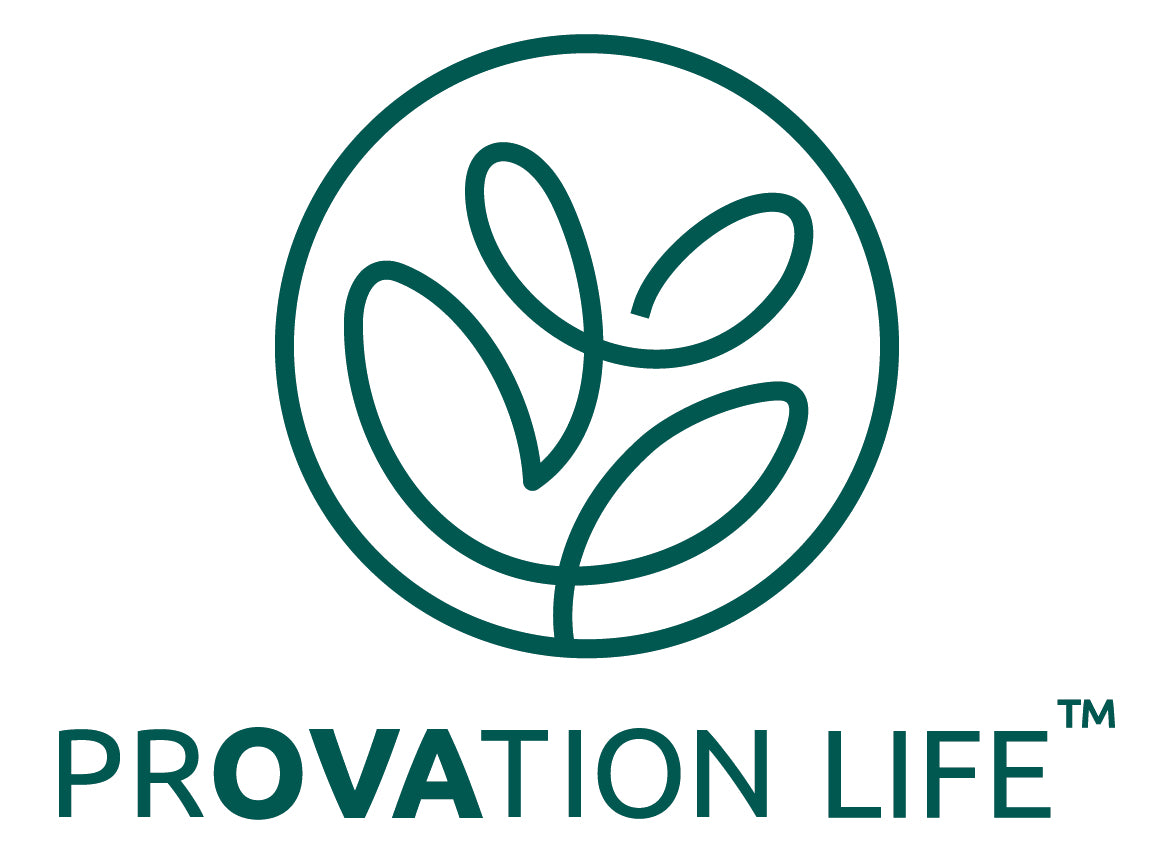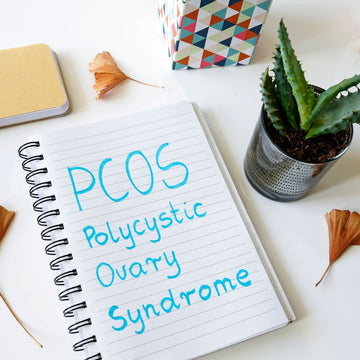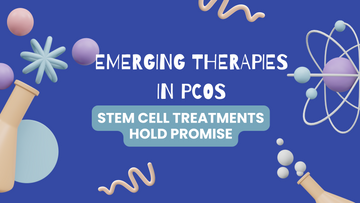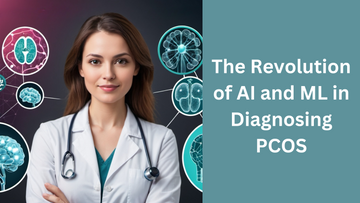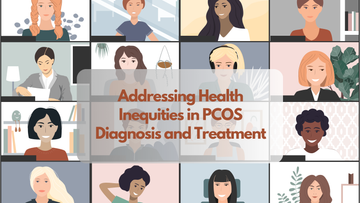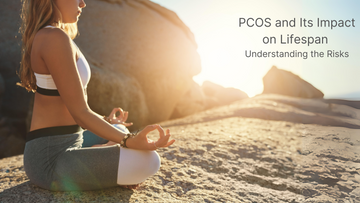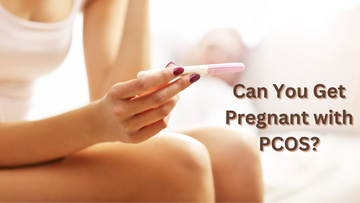One of the most under-diagnosed, misunderstood and mistreated diseases in Women’s Health is Polycystic Ovary Syndrome (PCOs). PCOs is the most common endocrine disorder women suffer from. It is often misdiagnosed and, more often than not, takes years to make the proper diagnosis. Many women reported going to 2+ physicians and being sent for further testing but no diagnoses have been made over years. This is for various reasons. Why should any diagnosis be so difficult? It is generally a diagnosis of exclusion, rule everything else out and then land on this PCOS, and many women do not have the patience or ‘stay with it-tiveness’ to continue in the search for answer, additionally many physicians will just say ‘we will treat with hormones’ usually oral contraceptives anyway, so why bother with the long work up and just write the script for the birth control pill. This does a significant disservice to these women. Not being empowered to understand the proper diagnoses, understand the patho-physicology and entire treatment paradigm.

Life is indeed a swinging pendulum that can have a very different endocrine picture from one hour to the next, even one minute to the next, certainly in a reproductive age female, during the monthly cycles. Understanding where it starts and how it evolves and really how life is more of a pendulum than a stagnating point in time is critical in treating and improving the lives of women suffering from the various effects, and there are many, of PCOs. While often being dismissed as a ‘hormonal imbalance’ it is far more. For reasons thus far misunderstood the hormonal imbalance is only one aspect of the spectrum.
The etiology remains in question but has been postulated to include genetic environmental and ‘other’ and ‘all’. Often asked, if you don't know where it comes from how can you treat it? While this is not entirely true, we do know there are many non hormonal aspects of this potential treatment course that are indeed very helpful and have been proven to work and synergistic with lifestyle modifications. This encompasses nutriceuticals, exercises, diet, probiotics, and altering the microbiome, and of course there are pharmaceutical interventions that can alleviate some if not all of the condition. But what is frustrating is not understanding these different modalities or how they act synergistically together to potentiate the effect, and they do. Empowering the patient with education and support can go very far in stopping, reversing and even curing PCOs.
